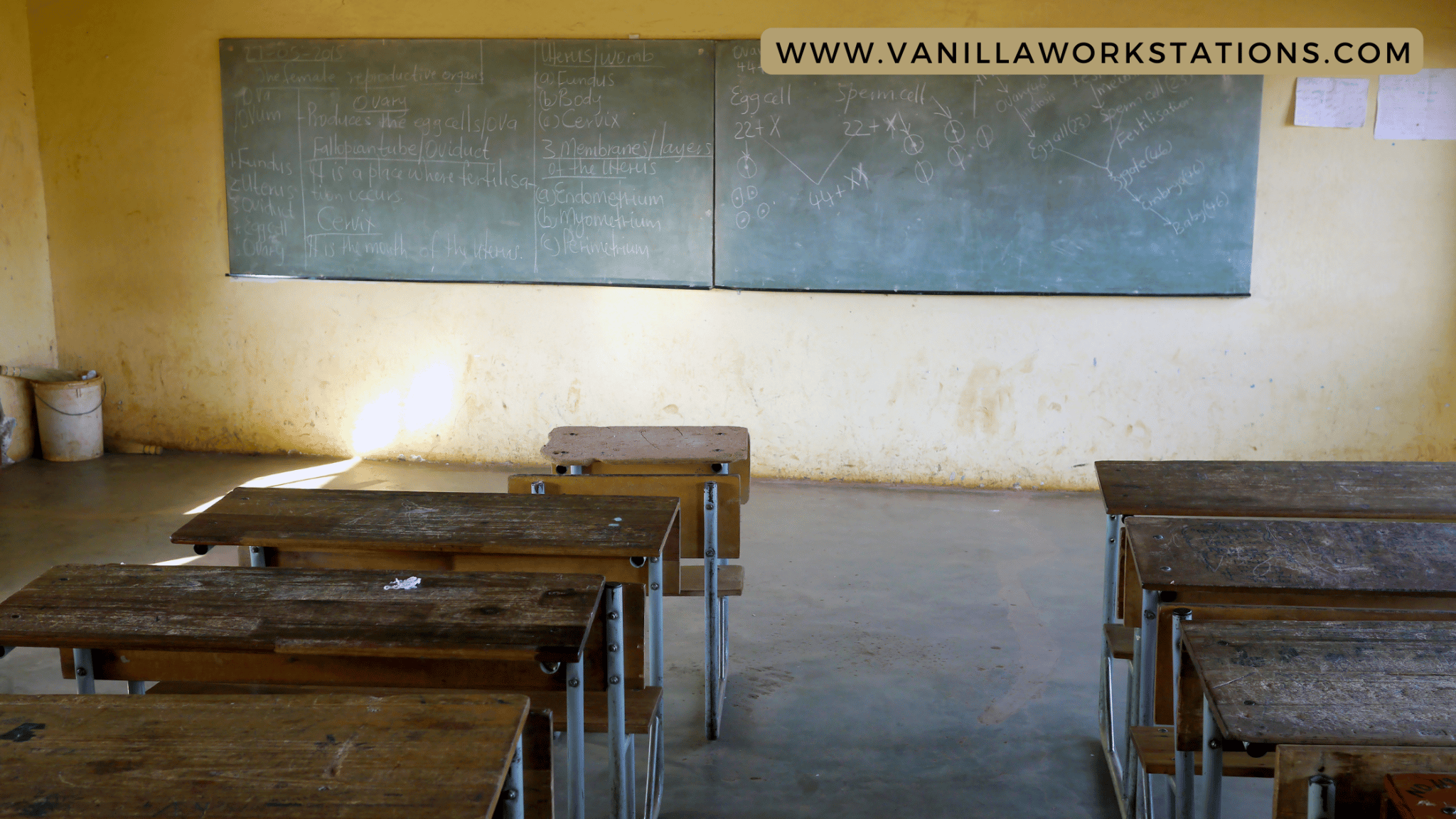
The marginalized sector faces many educational challenges. Technology in marginalized education can provide access to resources that would otherwise be unavailable or unaffordable. It can help level the playing field for disadvantaged people, closing the achievement gap and providing equal opportunities for students.
Technology is playing a considerable role in the education of those within the marginalized sector. With technology, those who face disadvantages can access resources and tools previously unavailable to them. Technology gives these individuals a chance to gain the knowledge and skills necessary for success in their educational goals.
There are many ways technology can be incorporated into education to help marginalized sectors.
Here are the ways how to put technology in marginalized education
For one, technology can provide accessible and affordable education to those who would not otherwise have access. Many online courses and programs are available at no cost or a fraction of the cost of traditional education. Technology helps marginalized people by providing access to quality educational materials from afar. Through online courses, lectures, textbooks, and other learning materials, disadvantaged students can stay up-to-date with what is taught in traditional classrooms. Additionally, technology offers more flexibility regarding scheduling and learning materials since many options are available 24/7 and can be accessed from anywhere with an internet connection.
Technology-driven solutions can help bridge the gap between educational resources and disadvantaged students. Additionally, technology can help marginalized students connect with others from around the world who share similar backgrounds or experiences. This can help them feel less alone and more connected to a larger community. Furthermore, technology can help those within the marginalized sector by providing mentorship and guidance. Numerous online platforms offer support to those who need it, such as tutoring services or virtual counseling sessions.
Additionally, technology can be used to help marginalized students learn more about their own cultures and histories. Many online resources offer information and perspectives from marginalized communities that are often ignored or left out of mainstream education. Ultimately, technology has the potential to help marginalized students in a variety of ways, and it is up to educators to find innovative ways to incorporate it into their teachings.
Technology is needed in education to help marginalized students keep up with their peers. Many students in the sector come from low-income households and may not have access to technology outside of school. Technology can help these students catch up and keep up with their classmates, who may have more resources at home. Technology can also help marginalized students connect with other students and educators worldwide, opening up new opportunities for them.
Finally, technology allows marginalized people to connect with others in their field of study. Through online forums, social media groups, and other technology-powered communication methods, these individuals can get advice from experts in their field and learn from peers who have faced similar obstacles. This can be a significant factor in helping them succeed academically.
Why focus on the marginalized?
Marginalized people are disproportionately left out of opportunities to improve their education. This is often due to systemic barriers such as poverty, racism, sexism, and other forms of discrimination. When marginalized communities have access to technology, they can more easily connect with resources and each other to advocate for change.
Education is essential because it is the key to success in life. It provides people with the skills they need to get ahead in the world and make a difference in their communities. In addition, education is essential for creating an equal society by allowing everyone to improve their lives.
Technology is important because it provides marginalized people access to education that would otherwise be unavailable. It can help connect them with teachers and other students worldwide, allowing them to learn in ways that are more accessible to them. For example, technology can help people with disabilities by providing special tools that make learning easier. It can also help people living in poverty by providing them with access to educational materials and resources they would not otherwise have. In addition, technology can help promote social inclusion by helping people connect with others who share their interests and experiences.
Technology can help provide alternative ways for students to learn, and it can help marginalized groups connect and share resources. However, technology is not a solution in and of itself. The honest answer is to provide more resources to schools in developing countries and to work to break down the barriers that isolate marginalized groups from the rest of society. Still, technology is a promising tool to help aid the complex problem of poverty, discrimination, and lack of access to education.
Many schools in developing countries lack textbooks, and technology can provide alternative ways for students to learn. Additionally, technology can help marginalized groups connect and share resources. This can be especially helpful for groups isolated from the rest of society.
Technology can be an efficient tool for marginalized education because it can level the playing field. Technology can help marginalized students access the same information and resources as their more privileged peers, which can help to close the achievement gap. Technology can also help to connect marginalized students. Educators and experts from around the world can help them to learn about new opportunities and expand their horizons.
Conclusion
Overall, technology is positively impacting education for the marginalized sector. With access to quality materials, guidance, and connectedness, technology provides opportunities for those already disadvantaged. It is vital to continue to invest in technology and its role in the education of marginalized people. Technology can make a difference in their lives and help them reach their educational goals.
